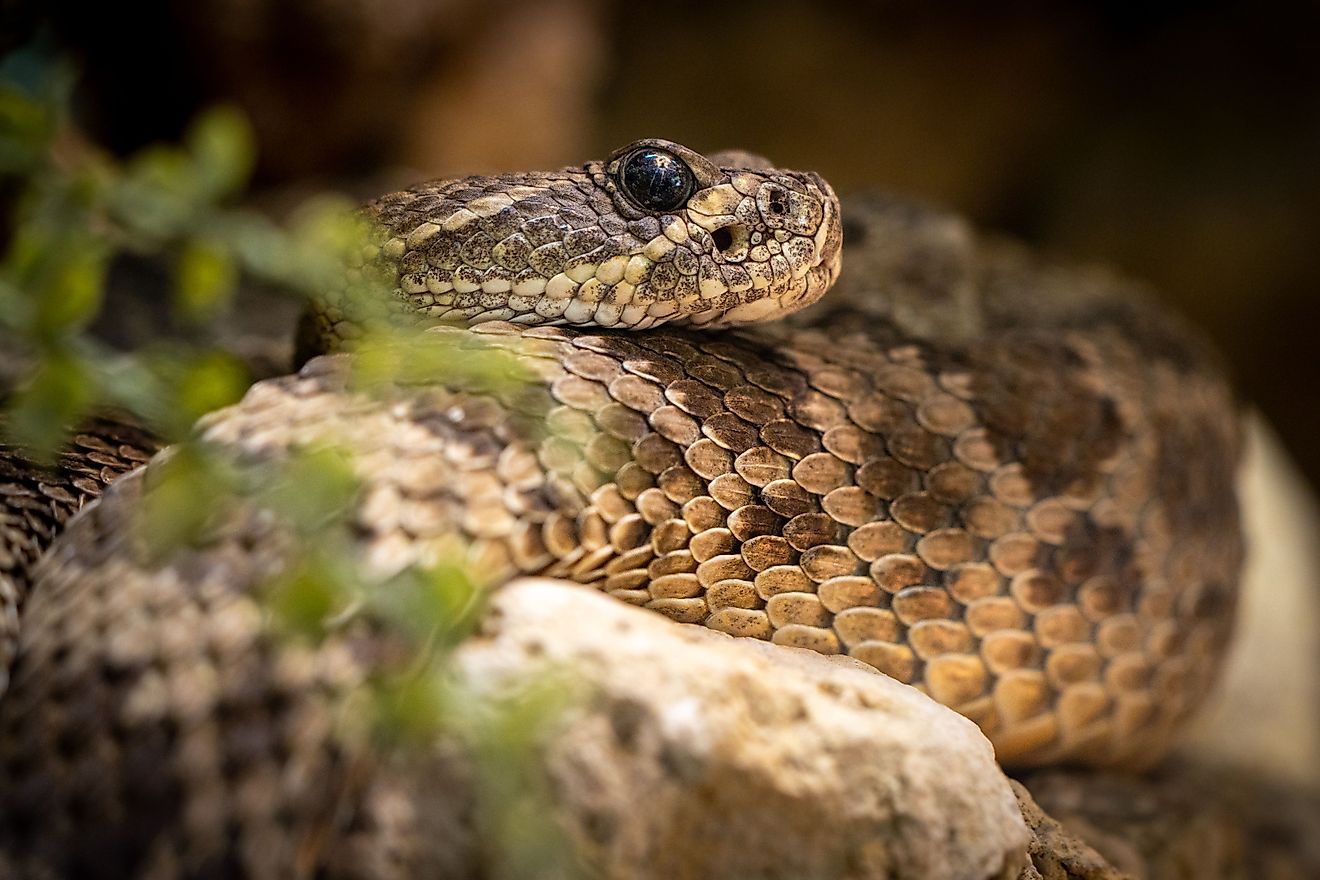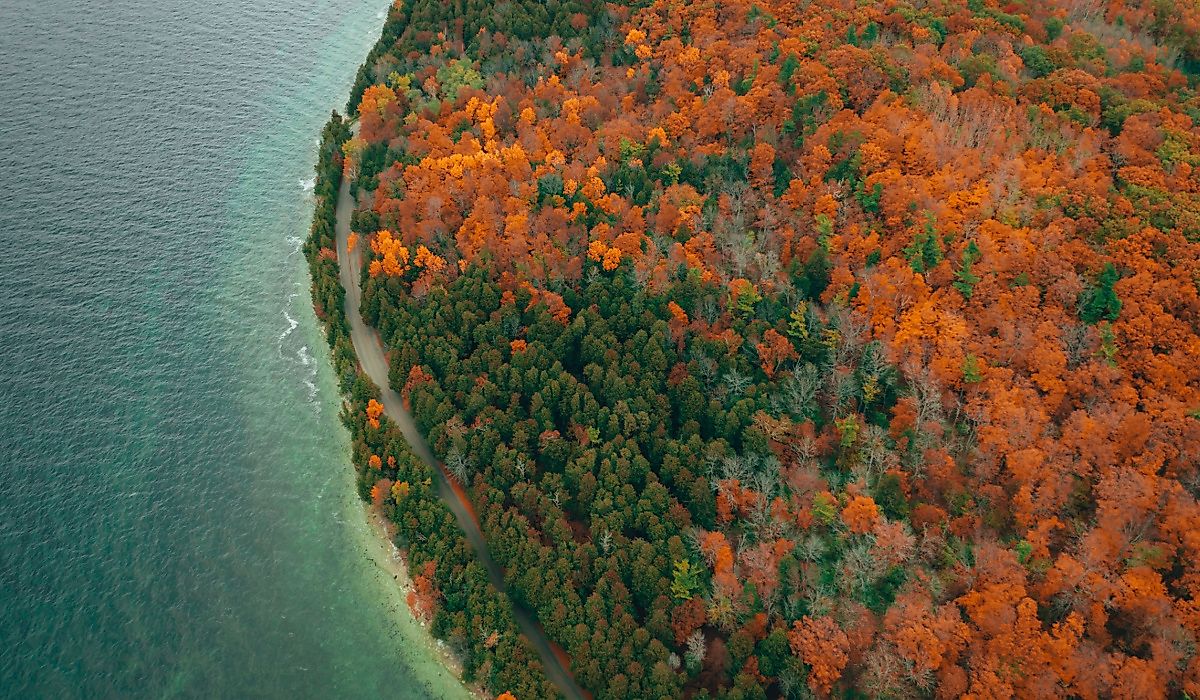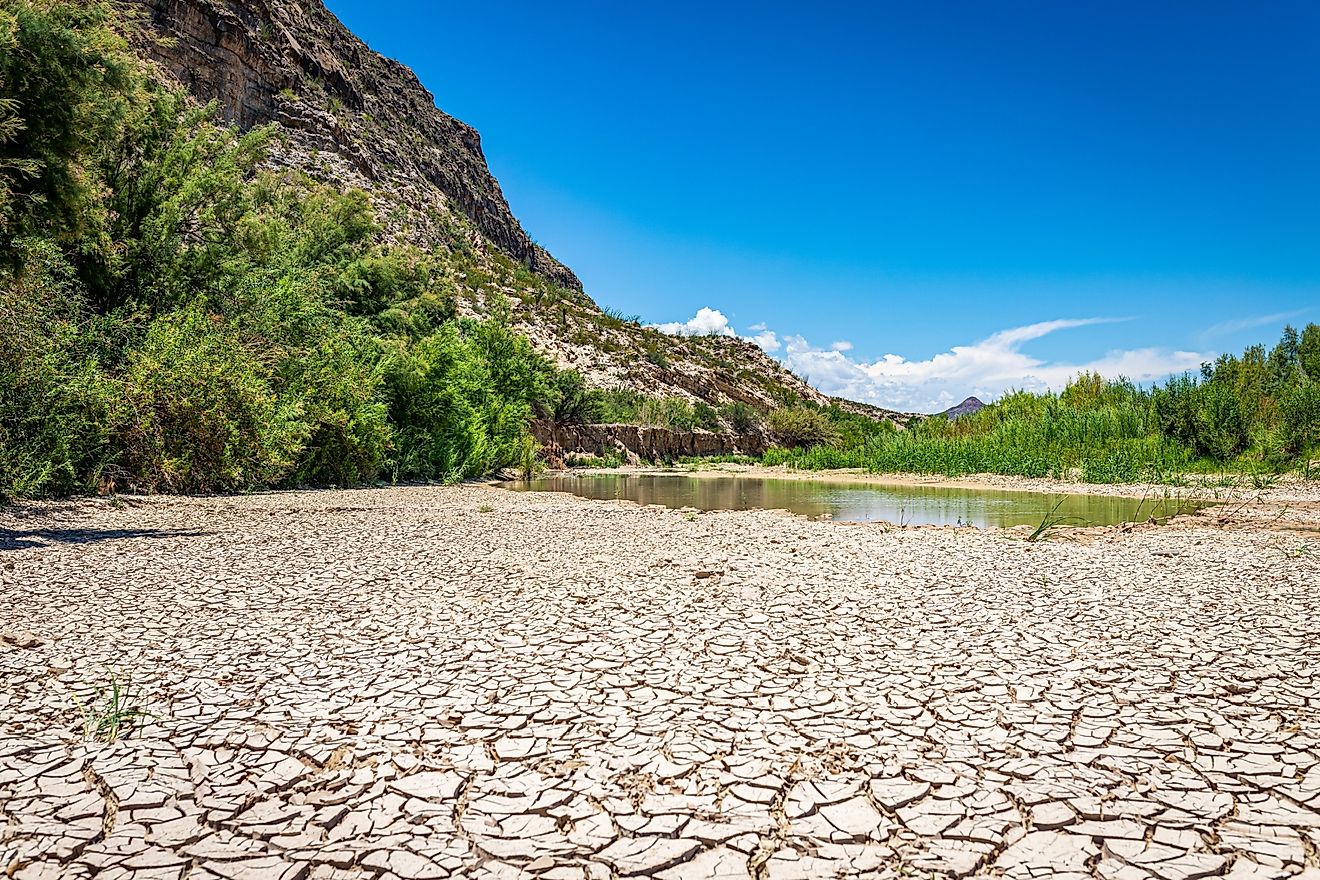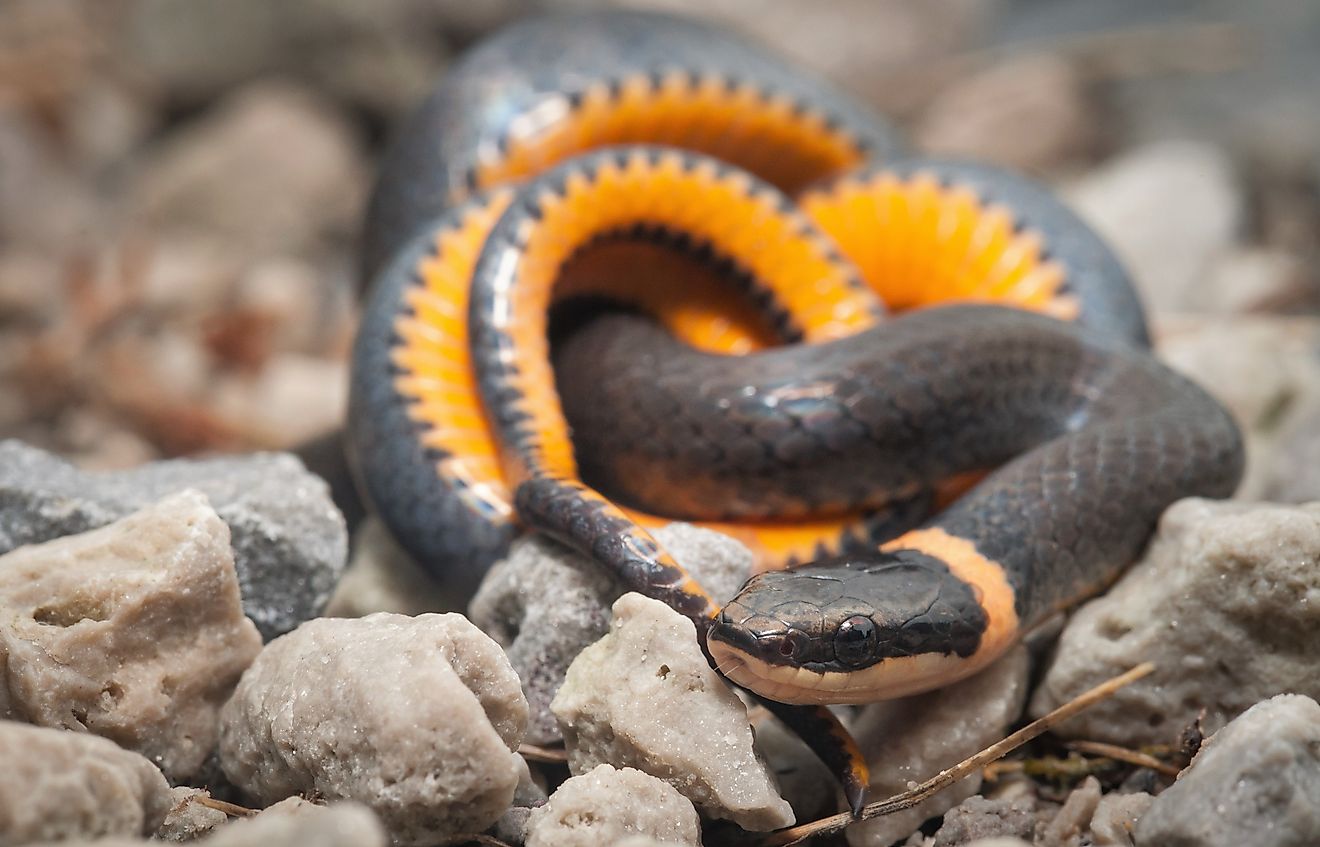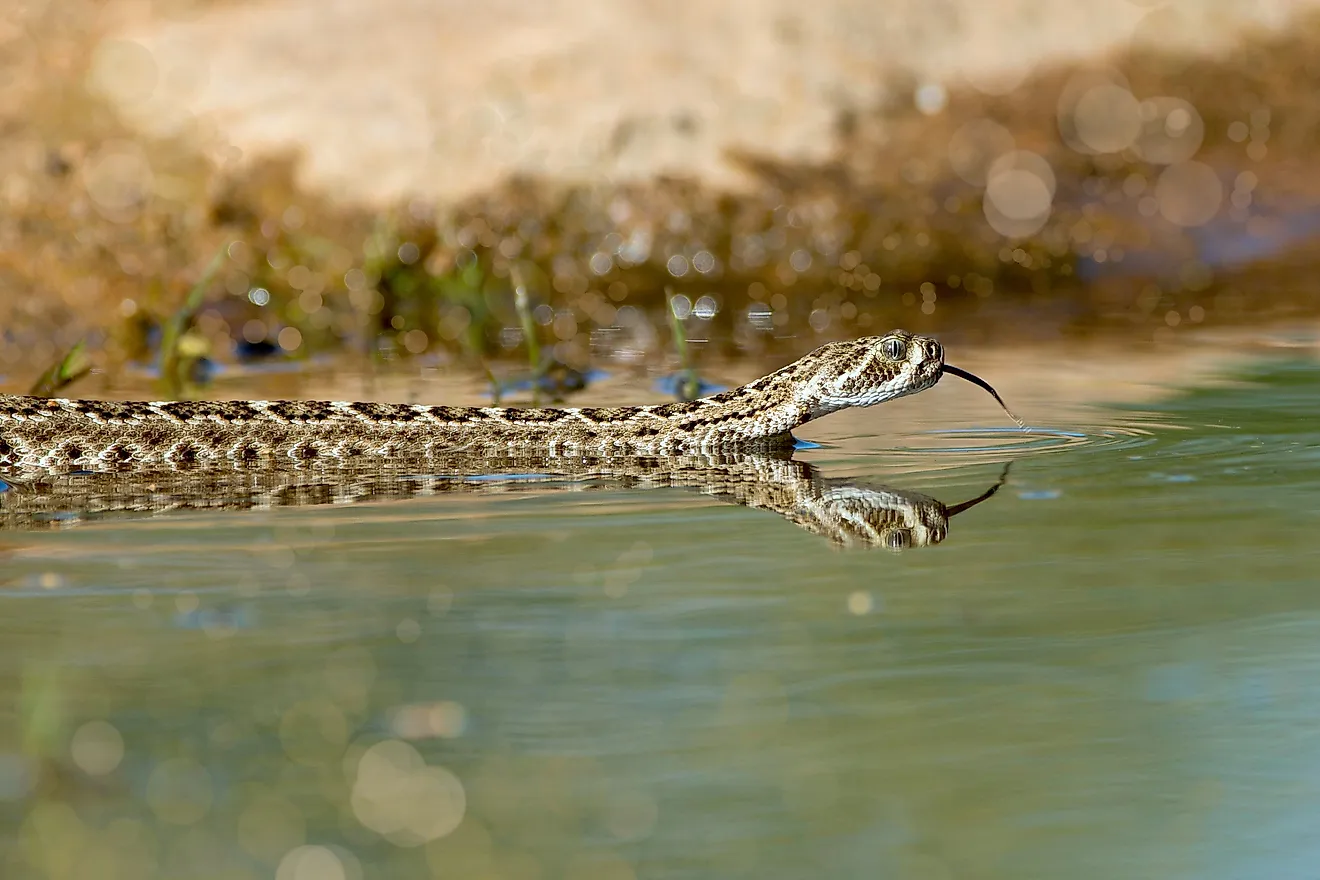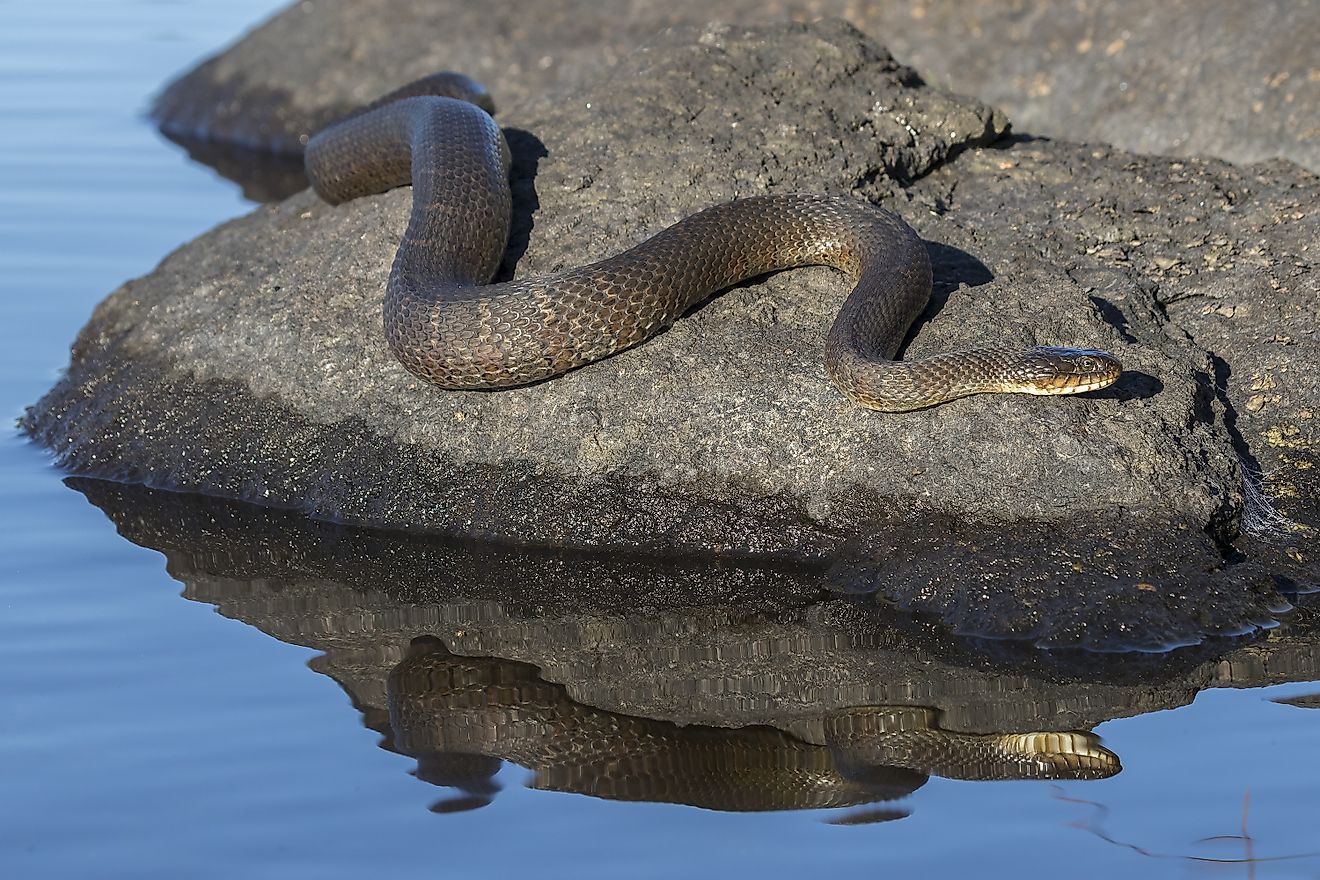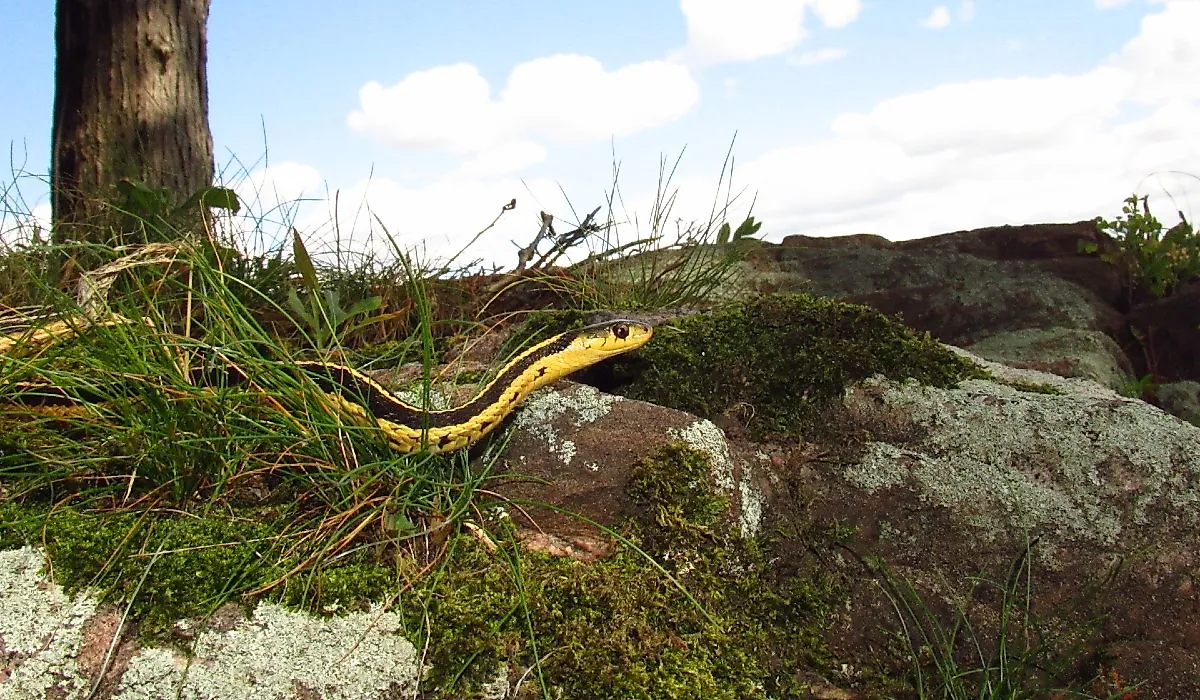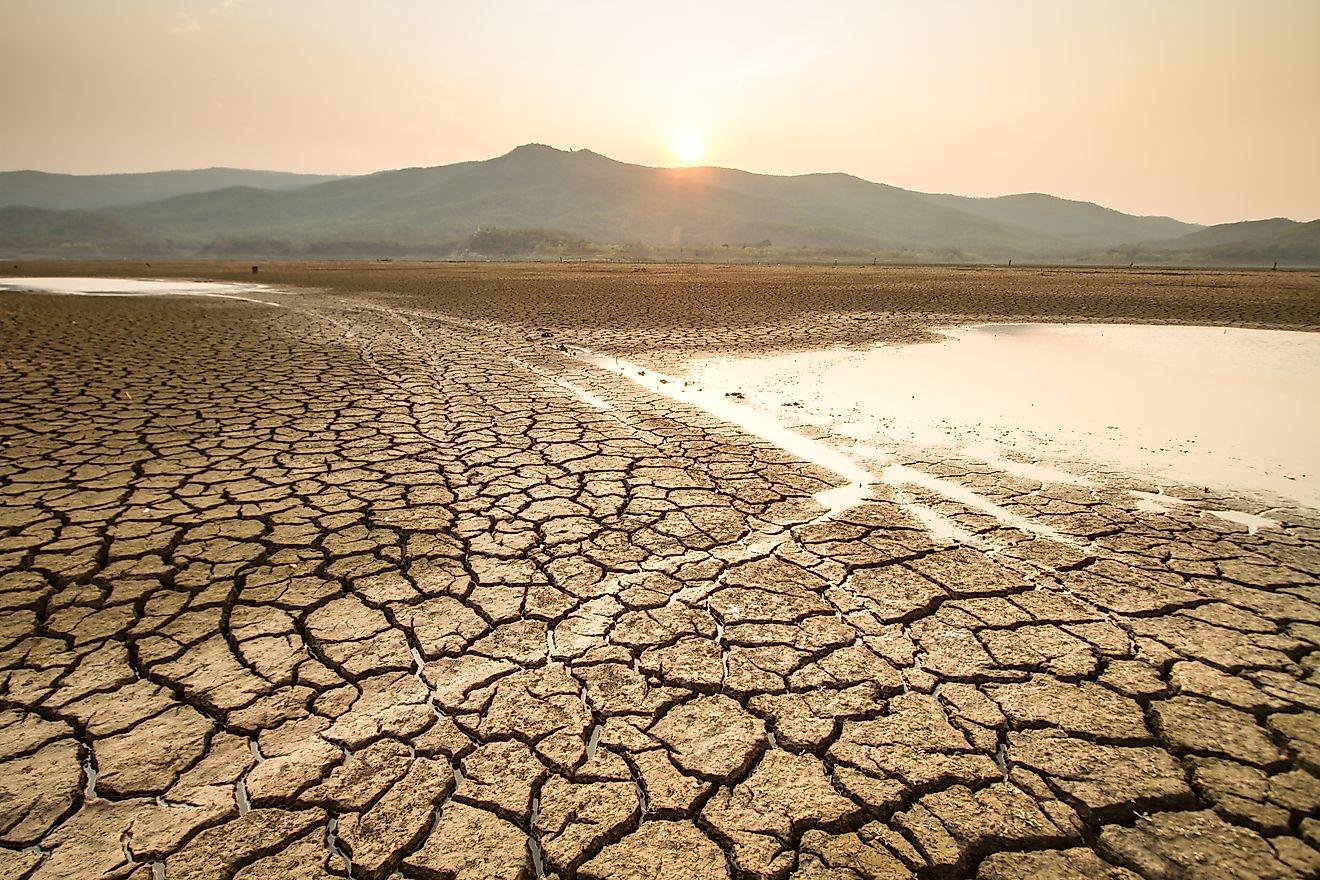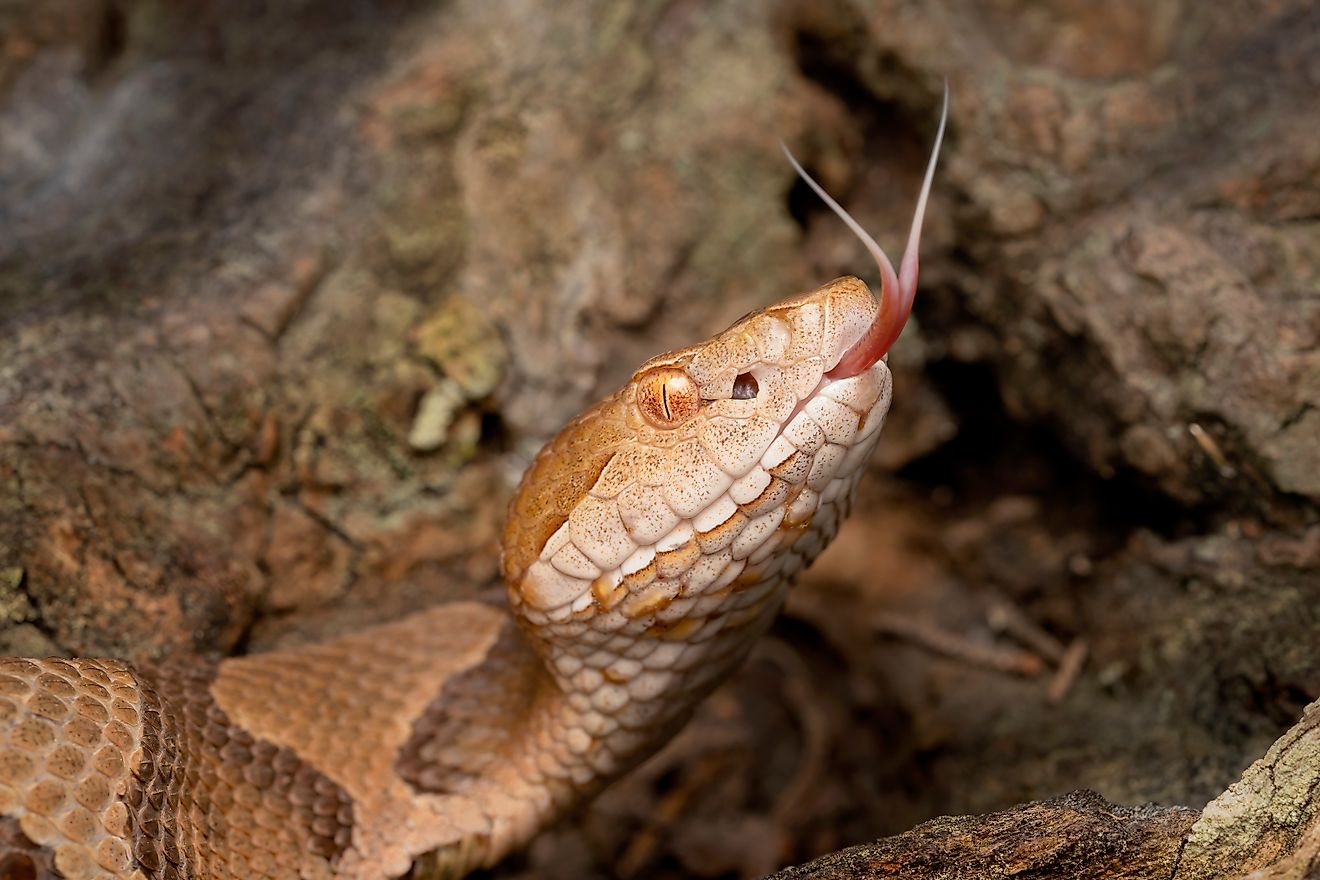
The Most Snake Infested Rivers In New Jersey
New Jersey’s major river, which it shares with the state of Pennsylvania, is the Delaware River. The Hudson River separates the state from New York. Other major rivers are the Passaic and the Hackensack, both in the northeast, and the Raritan, which runs west to east and is generally regarded as the boundary between North and Central Jersey.
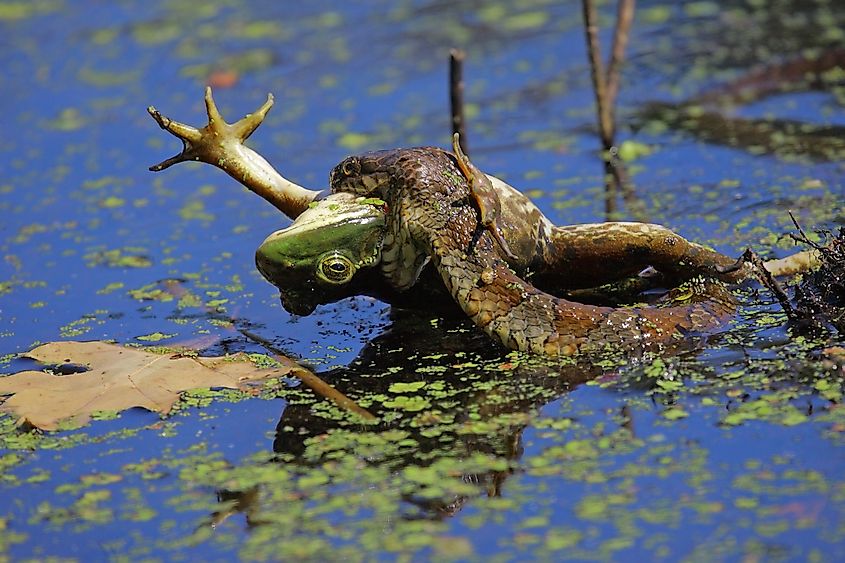
New Jersey experiences relatively hot summers throughout the state which makes a comfortable temperature for the states 23 species of snakes, 2 of which are venomous. New Jersey’s snake populations has declined during the past 50 years for multiple reasons: habitat destruction due to urbanization, pollution, changing land use, commercial collecting, and human persecution. Let’s take a closer look at the most snake infested rivers in New Jersey.
Delaware River

The Delaware River creates boundaries between the states of New York and Pennsylvania, New Jersey and Pennsylvania, and for a few miles, Delaware and New Jersey. It flows for a total length of around 405 miles, and drains an area of 11,440 square miles. It is commonly used by residents of New Jersey who cross the river to jobs in Philadelphia. Similarly, New Jersey’s resident snakes will also use the river as a form of transportation. The Upper Delaware River is home to a handful of New Jersey Snakes. Within the Upper Delaware Region, snakes are found in both terrestrial and aquatic habitats.
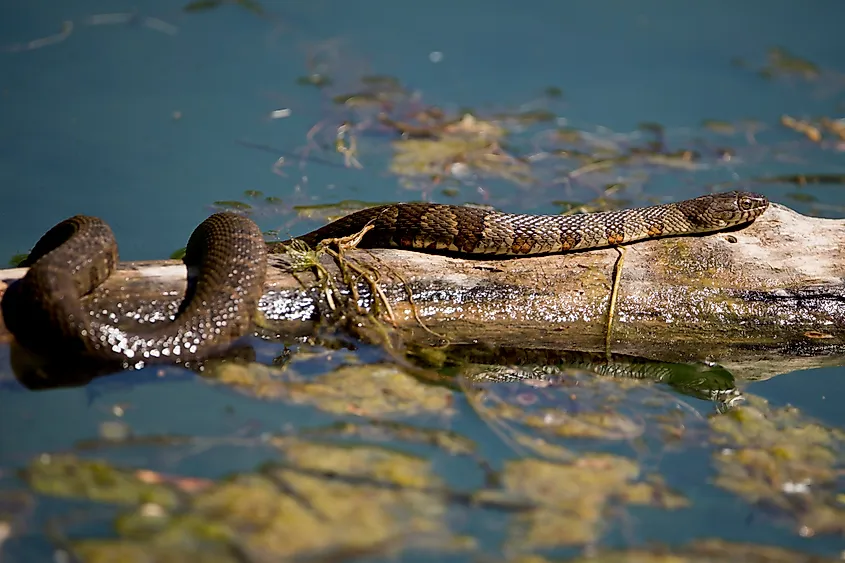
The Northern Watersnake (Nerodia sipedon sipedon) is one of the most common snakes found in New Jersey, often inhabiting slow-moving or standing freshwater streams, ponds, lakes, swamps, marshes, and bogs throughout the state where it has ample opportunity to bask in the sun. The Norther Watersnake is often misidentified as the venomous Northern Copperhead (Agkistrodon contortrix mokasen). While the Northern Watersnake is nonvenomous, it often exhibits a highly defensive disposition and can inflict a painful bite if handled or captured.
Raritan River
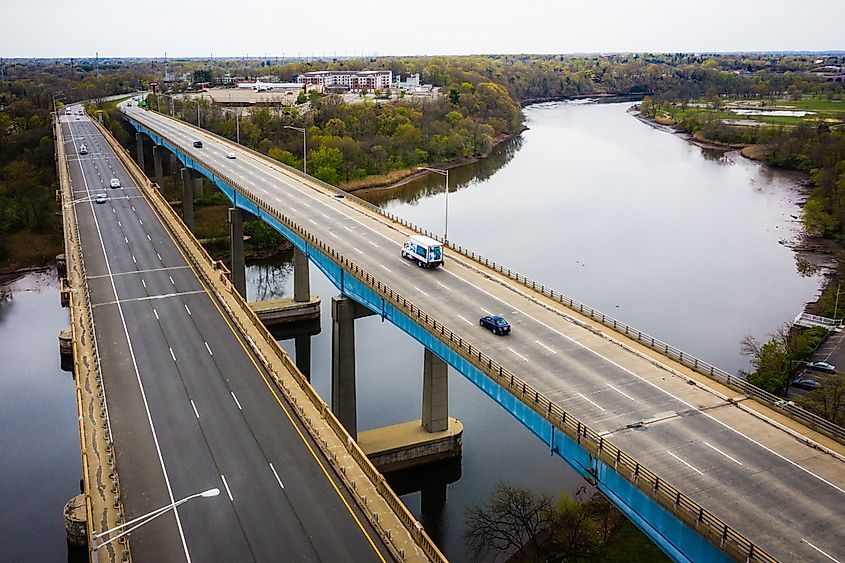
The Raritan River is the largest river that is completely within New Jersey. It is formed by the confluence of the North Branch Raritan and the South Branch Raritan rivers in western Somerset county. It flows for about 75 miles before it empties into Raritan Bay of the Atlantic Ocean. It has a drainage area of 935 square miles and is prone to substantial flooding. This environment makes optimal habitat for Northern Watersnakes as well as other species native to the state.
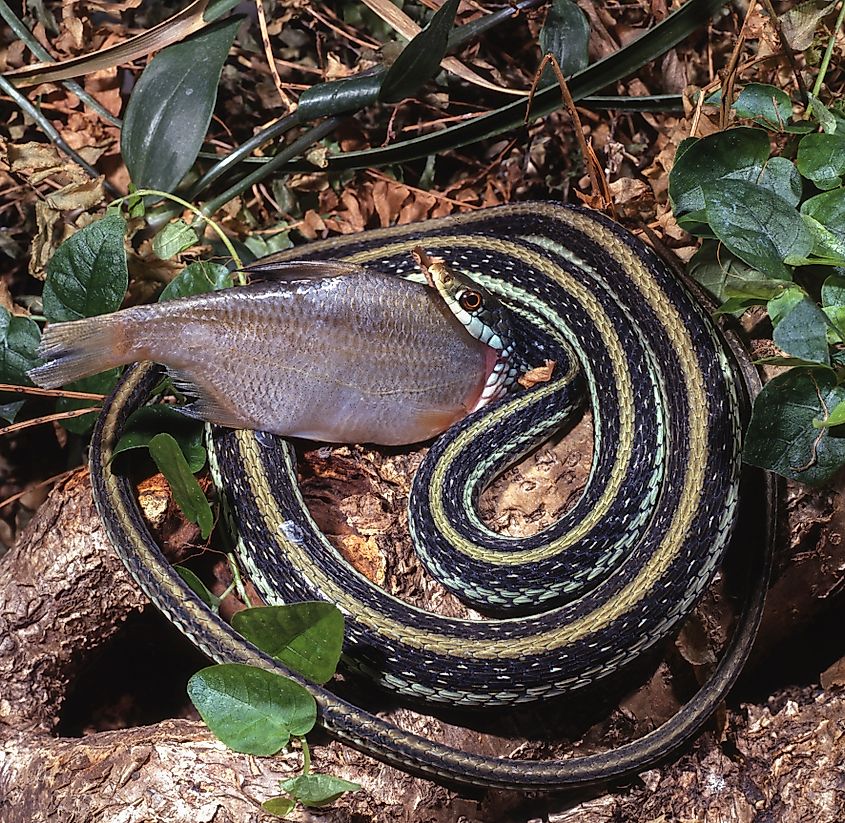
The Eastern Garter Snake (Thamnophis sirtalis sirtalus) is the most common snake found in the state as it frequent a variety of habitats including woods, fields, meadows, near water, and even suburban areas. However, they prefer to live in moist grassy environments and are often found near permanent surface water, like ponds, lakes, and streams, because they can flee into water when threatened. They will use the water to hunt small amphibians, leeches, slugs, snails, insects, crayfish, and small fish. Consequently, they fall prey to larger aquatic predators such as large fish, bullfrogs and snapping turtles.
Passaic River
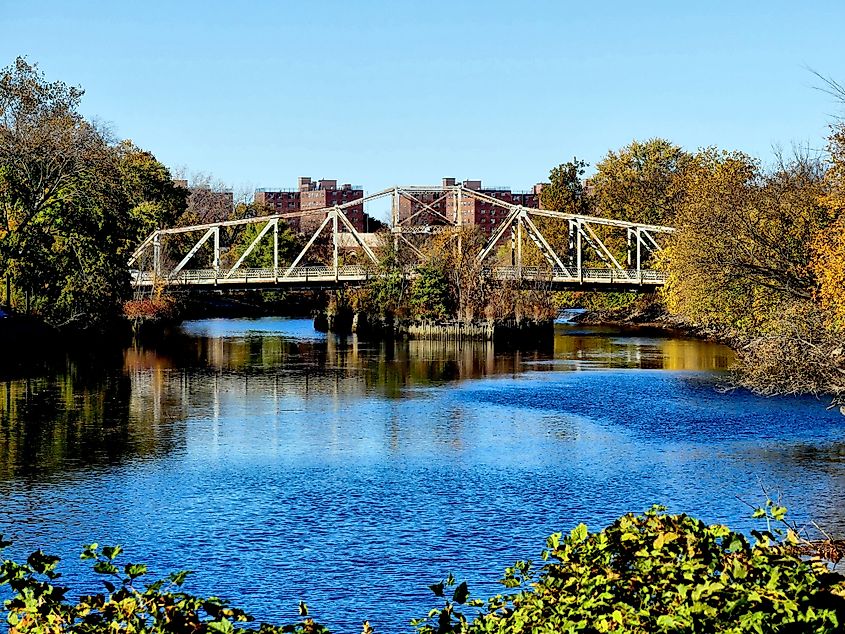
The Passaic River rises near Morristown in northeastern New Jersey. It flows for 80 miles, travelling south past Millington, then north and east through Paterson, south and east past Passaic and Newark before finally emptying into Newark Bay. The Great Swamp National Wildlife Refuge is located within the Upper Passaic River Basin and is home to many of New Jersey’s native snakes. It is a 12 square mile natural oasis in a mostly suburban area.
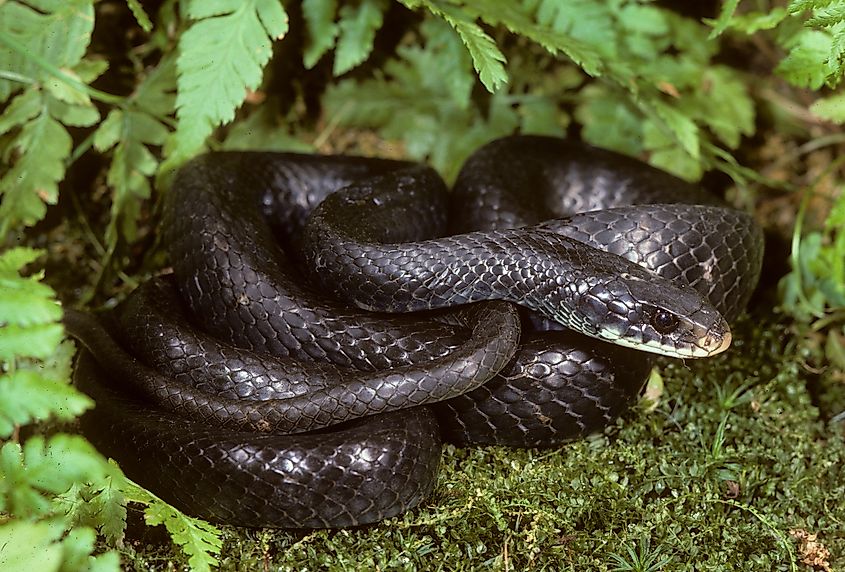
Thankfully, none of New Jersey’s venomous snakes are found within the refuge. The most commonly seen snakes are the Norther Watersnake and the Eastern Garter Snake. Other common snakes include the Northern Brown Snake (Storeria dekayi dekayi) although it is very secretive by nature and often hides under rocks and logs, the Eastern Ribbon Snake (Thamnophis sauritus sauritus) that looks similar to the Eastern Garter Snake, the Northern Black Racer (Coluber constrictor constrictor) a fast moving terrestrial snake, and the Eastern Milk Snake (Lampropeltis angulum Triangulum) which is commonly confused for the venomous Northern Copperhead.
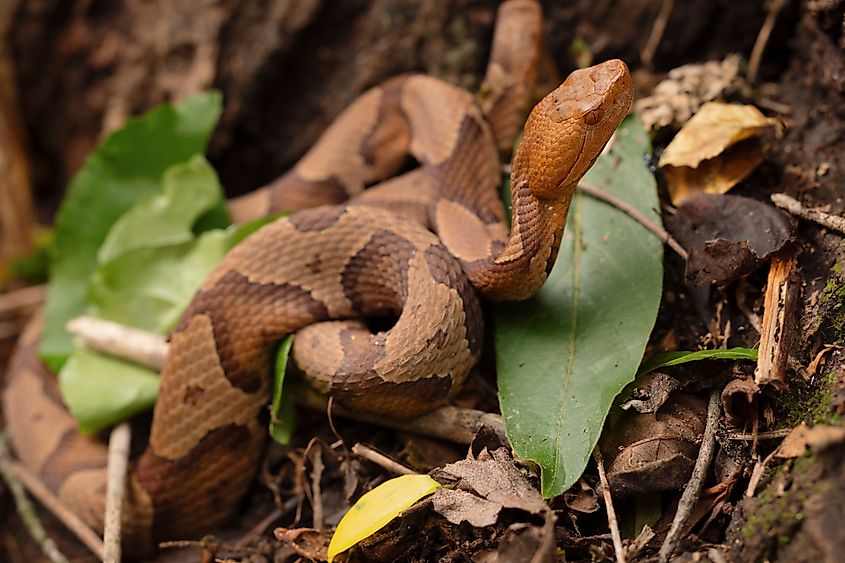
Despite being home to two venomous snakes, they are very little concern to residents of New Jersey. The Northern Coppered is a state species of concern, and the Timber Rattlesnake (Crotalus horridus) is endangered. While snakes are often vilified, it is important to remember that they perform an integral ecological role in their control of rodents and insects and are food to other animals such as raccoons, opossums, black bears, coyotes, bobcats, other snakes, hawks and owls. When recreating in snake habitats, basic caution should be exercised such as staying on the trail and keeping hands out of shrubbery and wood piles.
